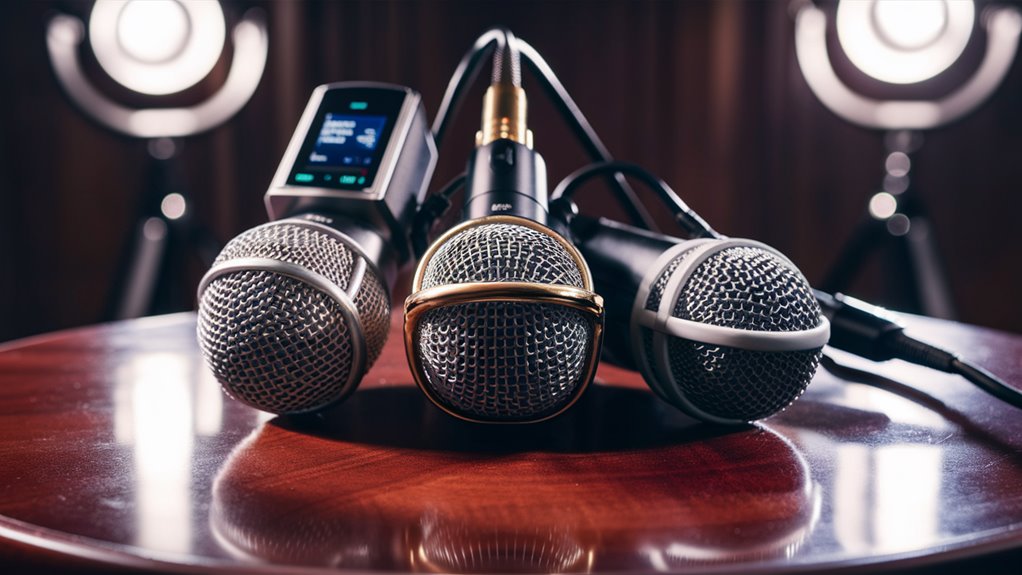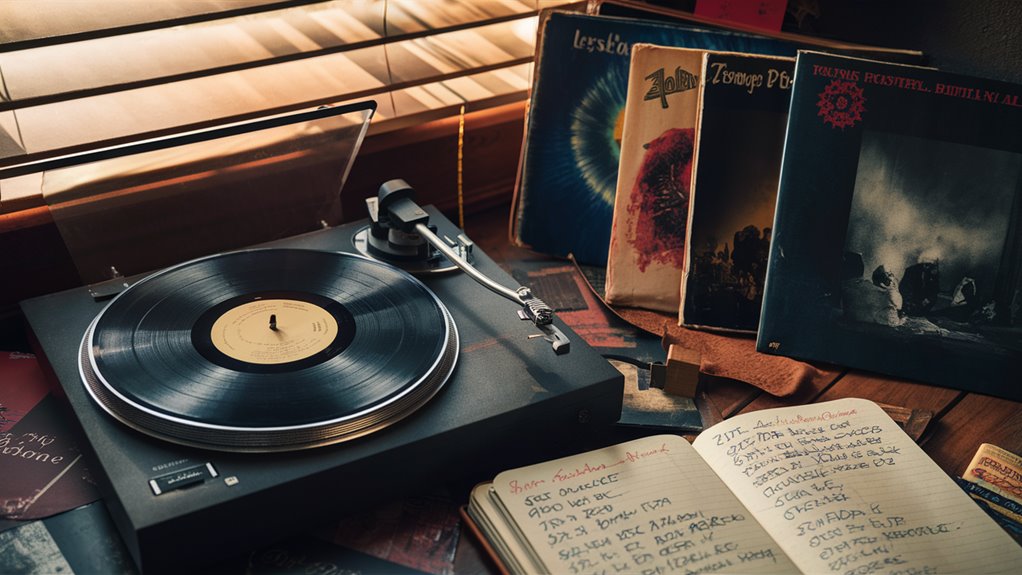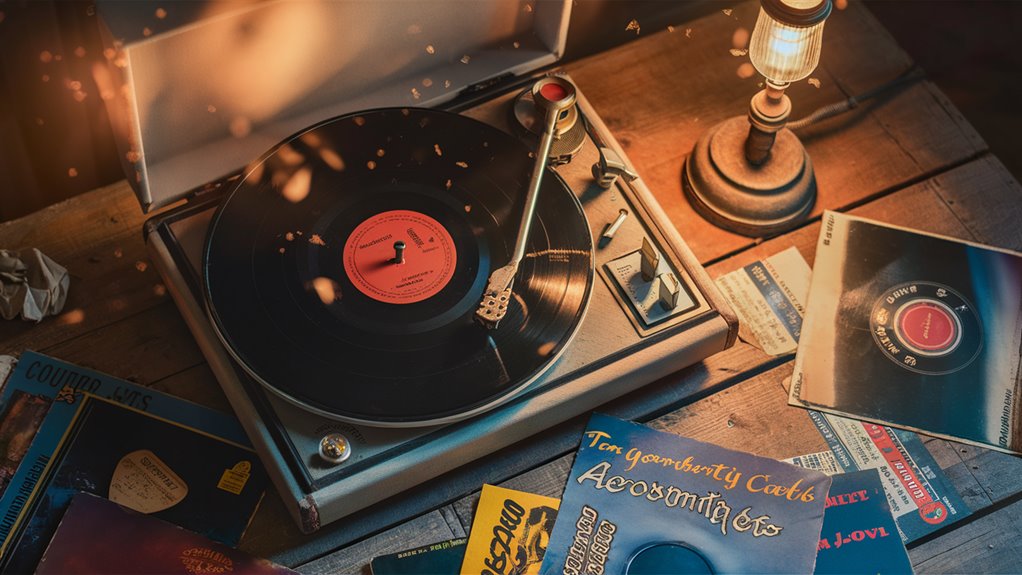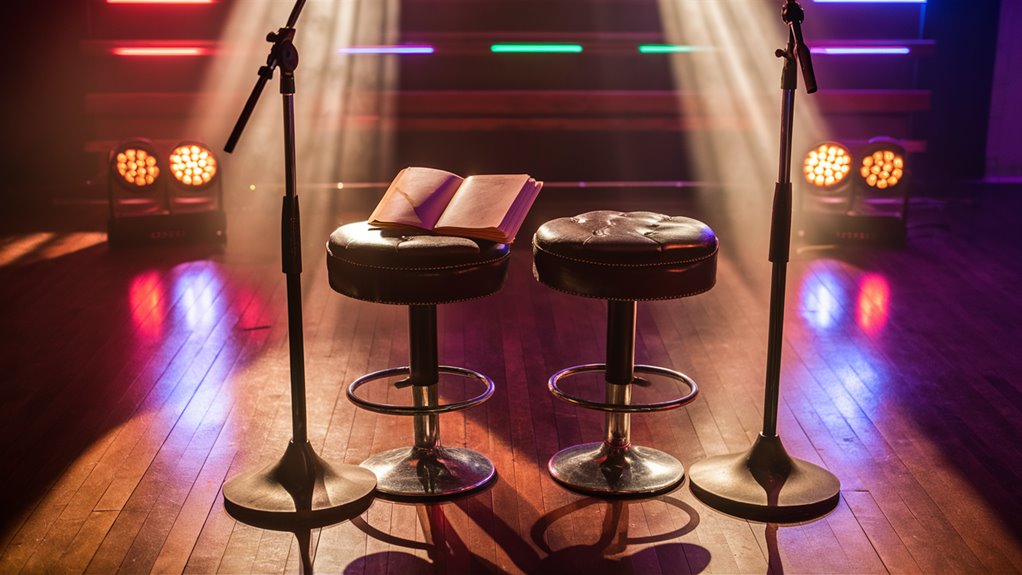How to Pick the Best Karaoke Equipment

When choosing karaoke tools, start by considering the size of your space to determine the power needed. All-in-one karaoke setups are suitable for small areas up to 400 square feet. Larger spaces require high-grade component setups with separate amps. 베트남 나이트라이프 필수 정보
Key Equipment Parts
Selecting the right microphone is crucial for achieving good sound quality. Opt for cardioid mics that capture the full tone of your voice while reducing unwanted noise. These mics ensure clear voice and eliminate disruptive sounds.
Speaker Needs
High-quality PA speakers should be appropriate for the size of your space:
- 12-15 inch units for areas under 1000 square feet
- One subwoofer for every 100 people to ensure even bass sound
- Powered units for simple setup and consistent sound
Media Type Choices
Choose between traditional CD+G discs or modern digital MP3+G files based on your song management preference. Essential features to consider include:
- Voice range adjustments
- Pitch correction technology for improved singing
- Digital sound processing for superior sound quality
- Multiple format options for a wide range of song choices
These technical aspects enhance sound quality and adapt to any karaoke setup.
Know the Basic Kinds of Karaoke Setups
Main Karaoke Setup Types
Karaoke equipment mainly falls into three basic types: all-in-one units, setups based on separate components, and technology-driven systems. Each type offers specific benefits tailored to various needs and uses.
All-in-One Karaoke Units
All-in-one karaoke setups integrate all essential elements – speakers, amps, mixer, media player – into a single unit. These are easy to use, perfect for home entertainment and small gatherings.
Built-in amps typically provide 25W to 100W per channel, suitable for areas up to 400 square feet. Though simple to operate, these setups generally offer limited sound customization.
Component-Based Karaoke Systems
High-end component-based systems cater to top-tier karaoke gear. Each component, such as professional mixers, powered speakers, and specialized sound tools, is chosen individually.
Venues and dedicated enthusiasts achieve optimal sound and can replace parts as needed. Essential components include XLR-ready mixers, speakers with at least 150W per channel, and top dynamic microphones.
Software-Based Karaoke Options
Digital karaoke setups employ computers and mobile technology as primary control hubs. These modern systems offer extensive digital song libraries and fewer hardware requirements.
Key components include a USB audio interface for microphone connections, Digital-to-Analog Converters (DAC) for precise sound conversion, and either active monitors or PA systems for sound output. This option provides an extensive song library with minimal physical equipment.
Main Audio Parts
Main Audio Parts for Karaoke Setups
Overview of Core Audio Parts
Constructing an effective karaoke system requires five main audio parts that collaborate to produce professional sound quality.
These essential components include microphones, speakers, amps, mixers, and sound processors.
Pro Microphone Must-Haves
Top-quality microphones form the foundation of any karaoke system.
Professional models with cardioid patterns minimize unwanted noise while ensuring clear vocals.
The optimal frequency range is from 50Hz-15kHz, accommodating all voice types effectively.
Speakers and Amps Details
Professional karaoke speakers should have:
- At least 10-inch woofers for robust bass
- Separate tweeters for crisp high frequencies
- 300-500 watts per channel to adequately cover the venue
- Amps well-matched for dynamic sound
Mixing and Sound Handling
Pro Mixing Needs
A professional mixer should feature:
- At least four channels
- Separate EQ settings
- Built-in digital effects (reverb, delay)
- Multiple input options for various audio sources
Sound Processor Functions
Advanced sound processors provide:
- Automatic feedback detection
- Precision filtering
- Dynamic compression
- Consistent vocal levels
Putting the System Together
Proper component matching is essential for optimal performance.
Ensure that impedance levels and power ratings are aligned among all components for high-quality sound.
Consider room acoustics and size when selecting components to achieve the best system performance.
Picking the Right Microphones
Picking the Right Microphones for Pro Sound

Basics of Microphone Choice
Selecting the right microphones is fundamental to achieving professional sound quality in a karaoke system.
Dynamic microphones with cardioid patterns deliver the best results by filtering out unwanted noise and reducing feedback in typical karaoke environments.
Must-Have Microphone Features
Professional microphones should include built-in pop filters and handling noise attenuators.
The Shure SM58 is a reputed choice, known for its durable construction and reliable frequency response from 50Hz-15kHz. Its characteristic boost in the 4-6kHz range ensures vocals are distinct and clear.
Wireless System Musts
UHF wireless systems in the 500-900MHz range offer superior sound compared to VHF options. Considerations include:
- Compliance with frequency regulations
- Minimum 8-hour battery life
- Stable signal over a 100-foot range
- Clear sound output
Technical Details and Extras
Matching impedance between microphones and mixers is crucial. Choose microphones rated between 150-600 ohms for optimal compatibility with standard karaoke setups. Important extras include:
- Additional XLR cables
- Protective windscreens
- Secure microphone clips
- Durable storage solutions
Sound Quality and Speaker Choices
Pro Karaoke Sound System Guide
Speaker Picks for Best Sound
Professional karaoke sound requires carefully selected speakers and proper room acoustics.
Powered PA speakers in the 12-15 inch range deliver clear vocals and robust bass.
For spaces under 1000 square feet, a pair of 12-inch powered speakers with 1000-1500 watts in total provide comprehensive sound coverage.
Key Audio Parts and Setup
Achieving high sound performance requires compression drivers for clear audio above 2kHz.
Bi-amped speaker systems facilitate effective control over audio ranges, particularly in critical midrange vocal tones, ensuring clarity and precision in karaoke performances.
Subwoofer Use and Room Sound
Proper subwoofer use involves one 15-inch or 18-inch unit for every 100 attendees in larger venues.
Central subwoofer placement with phase-aligned operation enhances overall system sound.
Testing frequency response from 45Hz-20kHz ensures a consistent audio experience across all vocal styles.
Digital Sound Processing (DSP) addresses challenging room acoustics, particularly in the 250Hz-800Hz range where room sound issues often occur, minimizing feedback and optimizing vocal quality.
Song Library and Media Choices
Complete Karaoke Content and Media Guide
Digital and Physical Media Types
Modern karaoke content is available in a variety of formats, from traditional CD+G discs to digital MP3+G files and online streaming services.
Maintaining a diverse media library in these formats ensures a wide range of performance options.
Physical Media Options
CD+G discs remain a staple, offering reliable sound and consistent audio quality. This physical format is ideal where dependable playback is required.
Converting CD+G content to MP3+G digital files simplifies song management and prevents CD wear and tear.
An SSD with digital tracks enhances system performance and eliminates CD swapping interruptions.
Online Streaming and Modern Choices
Subscription-based karaoke services provide instant access to extensive song catalogs, contingent upon a stable internet connection. The Best Punk Rock Songs for an Energetic Karaoke Night
Advanced professional karaoke setups feature built-in tablet controls for both local and online content. Key factors when selecting content include:
- Format compatibility
- Compliance with licensing requirements
- Regular updates and song availability
- Accurate lyric displays
- Audio quality
- Reliable backup options for consistent performance




